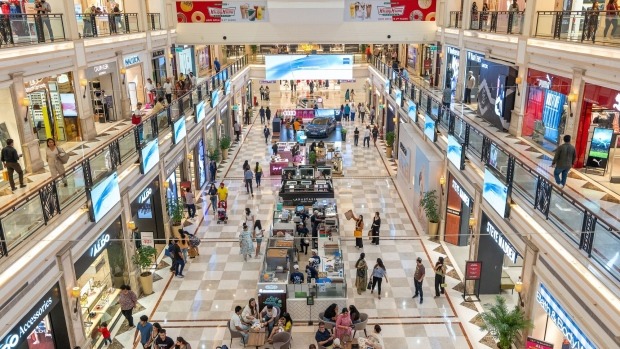New Delhi November 17 2023: The Reserve Bank of India asked banks to increase buffers for some consumer loans as it seeks to check a runaway rise in risky debt in Asia’s third-largest economy.
Risk weights on consumer credit will be raised by 25 percentage points to 125%, the RBI said in a statement Thursday. The decision excludes mortgages, loans for education and cars, and debt backed by gold.
Governor Shaktikanta Das has been exhorting banks to strengthen internal surveillance after data showed unsecured loans are rising almost twice as fast as overall credit. Unlike China, personal consumption has always been a driver of Indian growth but individual and government spending is currrently disproportionately strong, threatening unsustainable growth and financial instability unless companies start investing too.
RBI’s Actions
Risk weight on consumer credit exposure of commercial banks (including personal loans, but excluding housing loans, education loans, vehicle loans and loans secured by gold) increased by 25 percentage points to 125%
Risk weight on consumer credit exposure of non-bank finance companies (excluding housing loans, educational loans, vehicle loans, loans against gold jewellery and microfinance/SHG loans) raised by 25 percentage points to 125%.
Risk weight of credit card receivables raised by 25 percentage points to 150% for commercial banks and 125% for shadow lenders
Risk weights on bank credit to NBFCs increased by 25 percentage points in cases where the extant risk weight is below 100%
All top-up loans against depreciating movable assets, such as vehicles, shall be treated as unsecured loans
“The increase in risk weights for consumer loans is in line with expectations, though an increase in risk weight for lending by banks to non-banks was unexpected,” said Karthik Srinivasan, group head for FInancial Sector Ratings at ICRA. Borrowing rates will increase and could also “spill over to corporate bonds by way of higher yields and widening of credit spreads for non-banks,” he said.
Indians are borrowing record amounts on their credit cards and loading up on other costly debt, as household savings drop to multi-year lows. Household financial assets, including bank deposits, cash and equity investments, dropped to a 16-year low of 5.1% of gross domestic product in the fiscal year ended March, according to the data from the Reserve Bank of India.
Credit growth in unsecured loans has been an outlier in India at about 23%, compared with an average of 12%-14% of credit growth in the country, according to the RBI.










